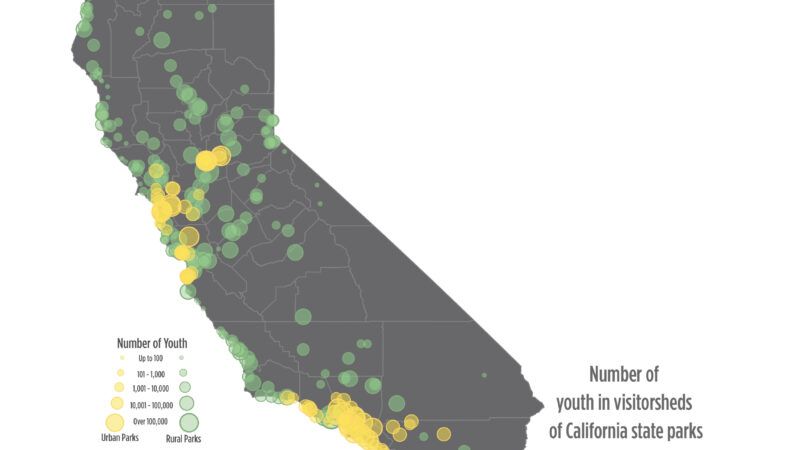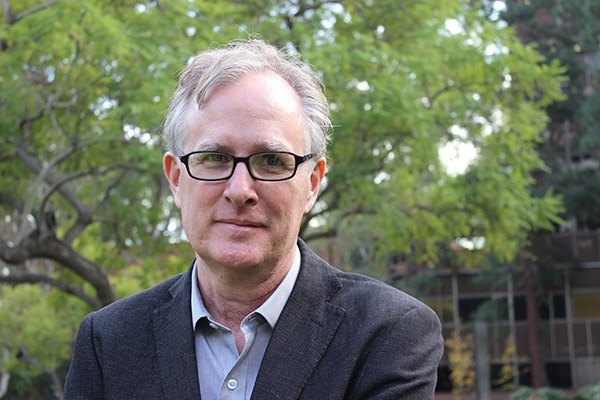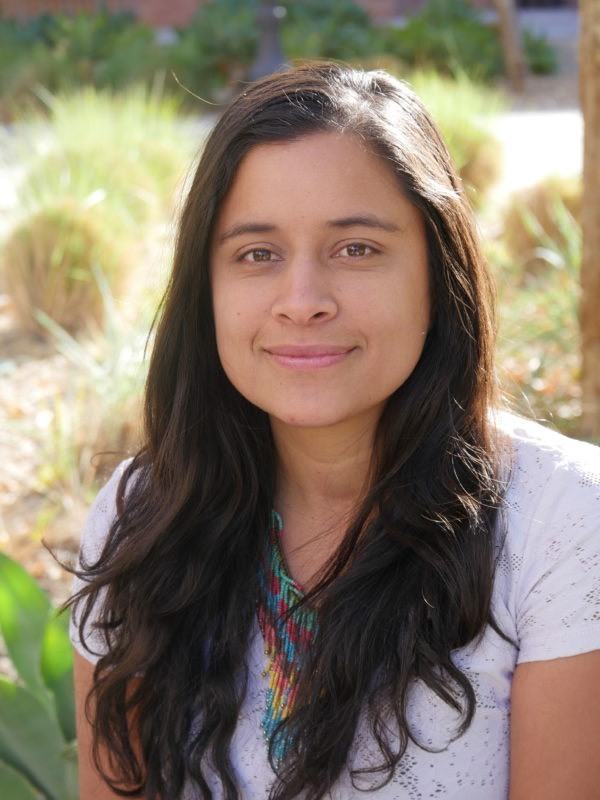California state parks are a tremendous, potentially underutilized resource to promote youth health. More than half of young people under 18 in California live within the “visitorshed” of one or more of our 282 state park units, and that percentage is even higher for disadvantaged and severely disadvantaged households. A visitorshed, like a watershed, is the natural collection area for visitors to a park. It is defined by the distance that people regularly travel for recreational and social visits. A large and growing body of research shows that parks can be a cost-effective, preventative prescription for the physical and mental health of young people and that access to the outdoors is a public health equity issue.
In this report, which you can download here:
- We review an extensive body of health research documenting the benefits for youth health and well-being of time spent outdoors. Research shows that these effects can be stronger for demographic groups less likely to use parks in the first place, so children with the least access to park space are also those who stand to benefit from it the most. And policies and funding matter. Programs to encourage young people to make park use part of their lives are cost-effective investments in public health equity. We also review existing effective programs for engaging youth in parks and identify ways that California state parks can provide pathways for youth to spend time outdoors.
- We analyze the demographic characteristics of residents instate park visitorsheds with a focus on youth, and especially disadvantaged youth who need and deserve equitable access to the benefits of state parks. We also created an interactive map of the visitorsheds of every state park unit at ioes.ucla.edu/youthoutdoors to help people who organize, conduct, and promote programs in state parks better understand and engage potential family and youth visitors. (View a short video guide to using the interactive map here.)
- We report on results of a survey of 141 park professionals, 24% from California State Parks or an organization that runs a state park, 37% from an official cooperating association dedicated to enhancing educational and interpretive programs in state parks, 21% from a nonprofit organization that conducts programs in state parks as part of its wider mission, and 3% from concessionaires, with 16% indicating their affiliation as “other.” We share their views of the relationship between programs for youth in state parks and youth health, barriers to youth engagement, and effective programs for bringing youth into state parks.
And we make recommendations for effective programming to help make state parks part of an everyday prescription for improving youth health in California.
This research was supported by a grant from the California State Parks Foundation.
Download the report here: UCLA report on California State Parks and Youth Health
Explore our interactive map of California state park visitorsheds here: https://www.ioes.ucla.edu/youthoutdoors/
View a short video guide to using the interactive map here: https://youtu.be/kbjgDW2ojbg
Download the text of the report with references in footnotes: UCLA report on California State Parks and Youth Health with footnotes.
Download a press release about the research: Research Press Release Final 9.23.19
Read the op-ed in Capitol Weekly by Jon Christensen from the IoES and Rachel Norton from the California State Parks Foundation: https://capitolweekly.net/parks-are-a-public-health-solution-waiting-on-our-doorstep/




